A Jeep Journey to Remember

Four-wheel drive, able to carry a crew of three, 80-inch wheelbase (2,032 mm), and 47-inch track (1,194 mm), 660-pound payload (299 kg), 85 lb-ft of torque, and empty weight of no more than 1,300 lb (590 kg). And a folding windshield.
These were the specs that launched a million Jeeps. (Well, actually, way more than a million. Heck, the Jeep brand sold 1.4 million vehicles globally in 2016 alone.)
Those were the specs the US Army demanded for a 1/4-ton “light reconnaissance vehicle” to serve in the Second World War in the early 1940s. Of the 135 companies that the US Army solicited, only three responded, and the final design incorporated elements from Ford and Bantam in addition to the winning bid from Willys-Overland, and Ford would also pitch in with production.
ALSO SEE: The Road Travelled: History of the Jeep Wrangler
The reason the Army was so enamoured with the Jeep was its amazing flexibility. The Willys MB could be fitted with up to a .50 caliber machine gun and were easily modified for long range patrol, odd jobs and field ambulances. Because of their small dimensions and light weight, they could be transported in transport aircraft and even light gliders, which were used in the D-Day operations.
The MB proved itself so capable and versatile that many servicemen and Willys-Overland realized its potential on farms and industrial operations, so they launched it as the civilian CJ2 back in America. The popularity of the Jeep, military slang for the MB’s G.P. (General Purpose) designation, meant that the nickname eventually usurped the original brand and spawned a variety of different utility vehicles and pickup trucks, from barebones workhorses to luxurious family cars and even an insane speedster.
ALSO SEE: Test Your Jeep Wrangler Knowledge on the Off-Road.com Quiz
Fast forward seven decades and the seventh-generation JK Wrangler is set to give way to the 2018 JL generation, and the brand’s history is now more important than ever. It was a perfect time for us to pay our respects to the 75th anniversary of the Jeep brand, the 150th anniversary of Canada’s independence, and the 100th anniversary of one of Canada’s defining moments, a battle that galvanized a young Canadian nation: the Battle of Vimy Ridge.
Now, Jeep wasn’t even a twinkle in anyone’s eye in the First World War, but its roots in military service made it a natural choice for us to revisit our own history by driving a new example to this historically significant place in France.
Interestingly enough, the Jeep we drove on this voyage to highlight the brand history was a taste of something that’s not available in North America: a diesel Wrangler. Logically, its 2.8-liter four-cylinder diesel is a perfect fit, as increased range and low-end torque are two things any adventurer or military, for that matter, would never turn down and diesels offer exactly those benefits over their gasoline-powered equivalents.
ALSO SEE: The Jeep Wrangler Takes on What Could be Its Most Direct Competitor
We set out from the outskirts of Paris, heading north to the Picardy region of France, which is littered with small roadside cemeteries honoring the casualties of the First World War. As you go further into the region, the history and cost settle on your shoulders like a weight. Around every turn, there is another small plot, in the middle of a field or off the side of the road, where rows of tombstones, some by the dozen, some by the hundreds, bring home the scale of the conflict and the price in lives. Occasional memorials mark smaller battles, failed attempts to conquer narrow ribbons of land, and each time, there are people honoring their ancestors or compatriots from another era.
When we arrive at Vimy, I spend some time finding a road to test the Wrangler’s abilities off-road, but short of risking the old no-man’s land, it’s a walk in the park for the most capable Jeep. Where it is noisy and wanders around its lane on the highway, and feels claustrophobic in parking lots and the city, it seems right at home in the rutted dirt tracks that serve as support roads on the Vimy Memorial property. The diesel is noisy and coarse, but the torque can pull it right out of slippery mud and get it up to speed without trouble. This Wrangler is on its way out, but we’ll be driving the new 2018 model next month, so check back soon for a full review. Photos taken and Jeep muddied, I moved on to exploring the Memorial itself.
ALSO SEE: 2018 Jeep Wrangler JL Interior Detailed in New Photos
My first reaction was awe at the beauty and majesty of the monument. The twin spires, white and solid against a fairy tale cloudy blue sky are as dramatic as it gets, one tower emblazoned with the maple leaf, the other with the fleur-de-lys to represent the shared sacrifices of the Canadian and French effort. As you approach and see the detail of the sculpted figures, all noble ideals represented in stone, all mourning such loss. And as you finally arrive, the names of each and every Canadian soldier whose body was not recovered is carved around the base, over 10,000 of them, and that only a fraction of the 67,000 Canadian soldiers killed in the war. Someone has left a boot and a tiny Canadian flag under the Murphys and 100 years melt away in tears, each name carved a life cut short.
During a tour of the trenches and tunnels (conducted by Canadian university students), we learned the tactics developed and used by the Canadian forces to capture Vimy Ridge on April 9, 1917, tunnels in which the four Canadian divisions and their French allies waited, the “creeping barrage” of artillery, and the slow walk behind the curtain of bombardment that allowed the Allied forces to advance and capture the ridge as planned within four days thanks to meticulous planning, thorough training and implementation of new tactics based on previous engagements. Over 15,000 Canadians went over the trench walls, and of those, 3,598 would never return and another 7,000 were wounded. But to put that in perspective, the French army had suffered over 100,000 casualties attempting to take the ridge and holding the line in the previous years of the war.
It was a landmark victory and one that proved the effectiveness of new tactics that would eventually help the Allies defeat Germany. Because it was the first time the four Canadian divisions fought together, it sparked a more definite identity for Canada as a nation, one of heroism and sacrifice, ingenuity, and discipline.
France recognized this momentous achievement and the sacrifice of the Canadian nation by ceding Vimy Ridge and the land surrounding it to Canada in 1922. The dramatic monument, sorrowful sculptures was finished in 1936, but its most haunting feature is the haunting list of names of the 11,285 Canadian soldiers killed in France whose bodies were never recovered. A visitors center was completed in 1997 and a new park is planned, with oak trees grown in Canada from acorns collected by a Canadian soldier on the battlefield.
If you’re reading this on Remembrance Day in Canada or Veterans Day in the U.S., you will be surrounded by reminders of the sacrifice made by our military, but the memorial stands year round, and hopefully forever. While the events we fly to usually serve to highlight the car, this time, the Jeep was just the vehicle to get us out to something truly special, an unforgettable experience. We could have driven Jeeps anywhere and they could have taken the spotlight, but instead we came here, where the vehicles we drove would fade to the background in the face of history and a memorial with a wealth of symbolism and pride and sorrow and hope.

Jonathan eats, sleeps, and breathes cars. A family man through and through, Jonathan brings over 10 years of experience evaluating cars with a focus on the details that parents will be grateful for, and cars that drivers will appreciate.
More by Jonathan Yarkony



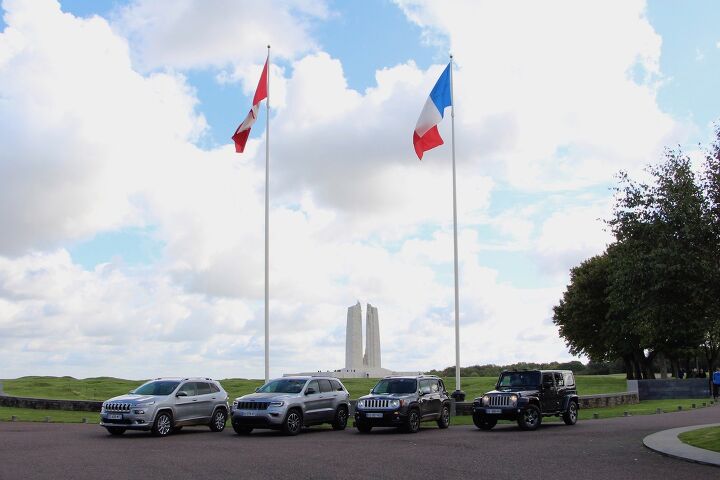


















































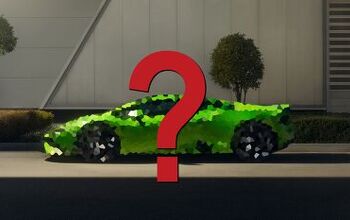
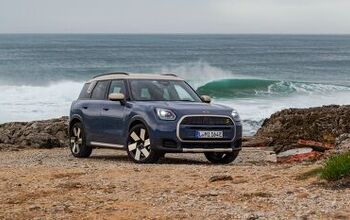
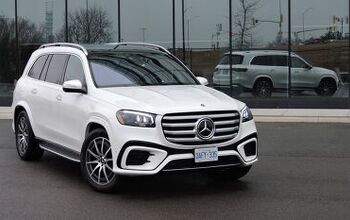
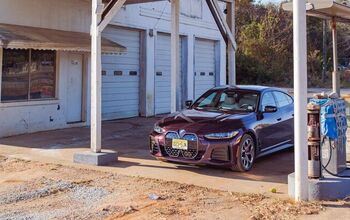







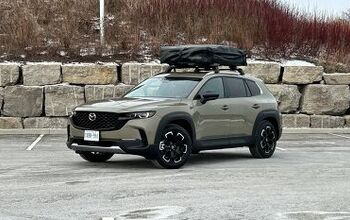

Comments
Join the conversation